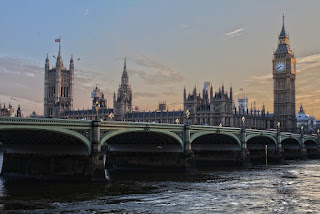Reading Ted Hughes' "My Own True Family" as an Ecocritical Poem

Introduction: Image by Simon from Pixabay Ecocriticism is a literary theory that examines how literature represents and interacts with the environment, and it often seeks to promote environmental awareness and advocacy. Ted Hughes' "My Own True Family" can be analyzed as an ecocritical poem, where the focus is on exploring the relationship between humans and the natural world from an ecological perspective. The speaker recounts a transformative experience in an oakwood. They encounter an old woman with a mysterious bag, and after a series of events, they find themselves surrounded by oak trees, which claim to be their true family. The oaks accuse the speaker of disregarding their fate and demand a promise from them. Let's explore deeper into how this poem aligns with ecocritical themes:

















